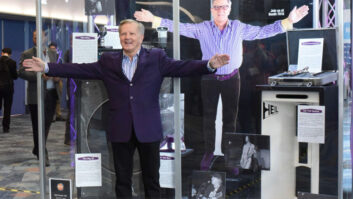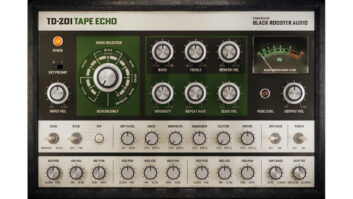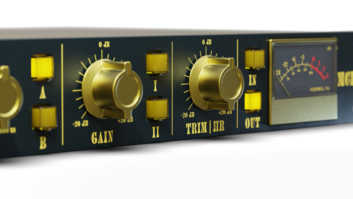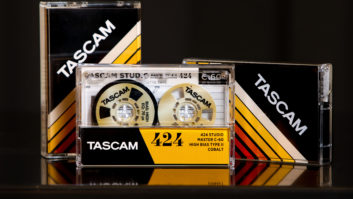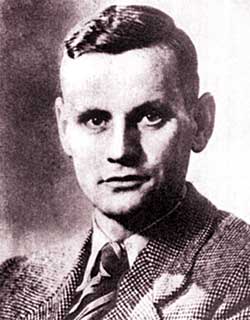
Born 100 years ago, Dr. Walter Weber was a Siemens engineer who was recruited by Dr. Hans Joachim Von Braunmühl to work for Reichs-Rundfunk-Gesellschaft (German Broadcasting) in 1932. While at RRG, von Braunmühl assigned Weber to look into means of improving the performance of AEG Magnetophon tape recorders.
Dr. Walter Weber’s research in tape bias eventually helped usher in the acceptance of tape as the world production standard.
However, with the introduction of BASF’s ferric-oxide tape in 1939, the Magnetophon was approaching broadcast standards and one of Weber’s interests was the application of bias currents. Earlier research (such as by Americans Wendell Carlson and Glenn Carpenter in 1921) had shown that adding a high frequency AC bias signal could raise the quality of magnetic recording, but given the poor performance of wire recorders, the improvement was minimal.
During experiments with a DC biasing scheme in the spring of 1940, Weber inadvertently applied a AC current to the recording chain, leading to his rediscovery of the benefits of AC biasing. The effect was dramatic, offering a 10dB improvement in the Magnetophon’s noise floor.
Weber filed a patent (German #743,411) on July 28, 1940, and the AC biasing technology was licensed to AEG, who incorporated it into its Model K4 HF-Magnetophons that launched a year later. And with a frequency response of a then-astonishing 10kHz, tape recording was on its way to eventually become the world production standard.
Interestingly, one of Weber and von Braunmühl’s design projects had nothing to do with tape. In 1935, they filed a patent (German #705,827; U.S. patent #2,179,361) for the Braunmühl-Weber dual diaphragm capsule, the first unidirectional condenser mic, which eventually became the Neumann M7 capsule used in the U47. (Click here to view/download a copy of the patent.)
In July of 1944, at age 37, Walter Weber suffered a fatal heart attack, but his legacy lives on.

